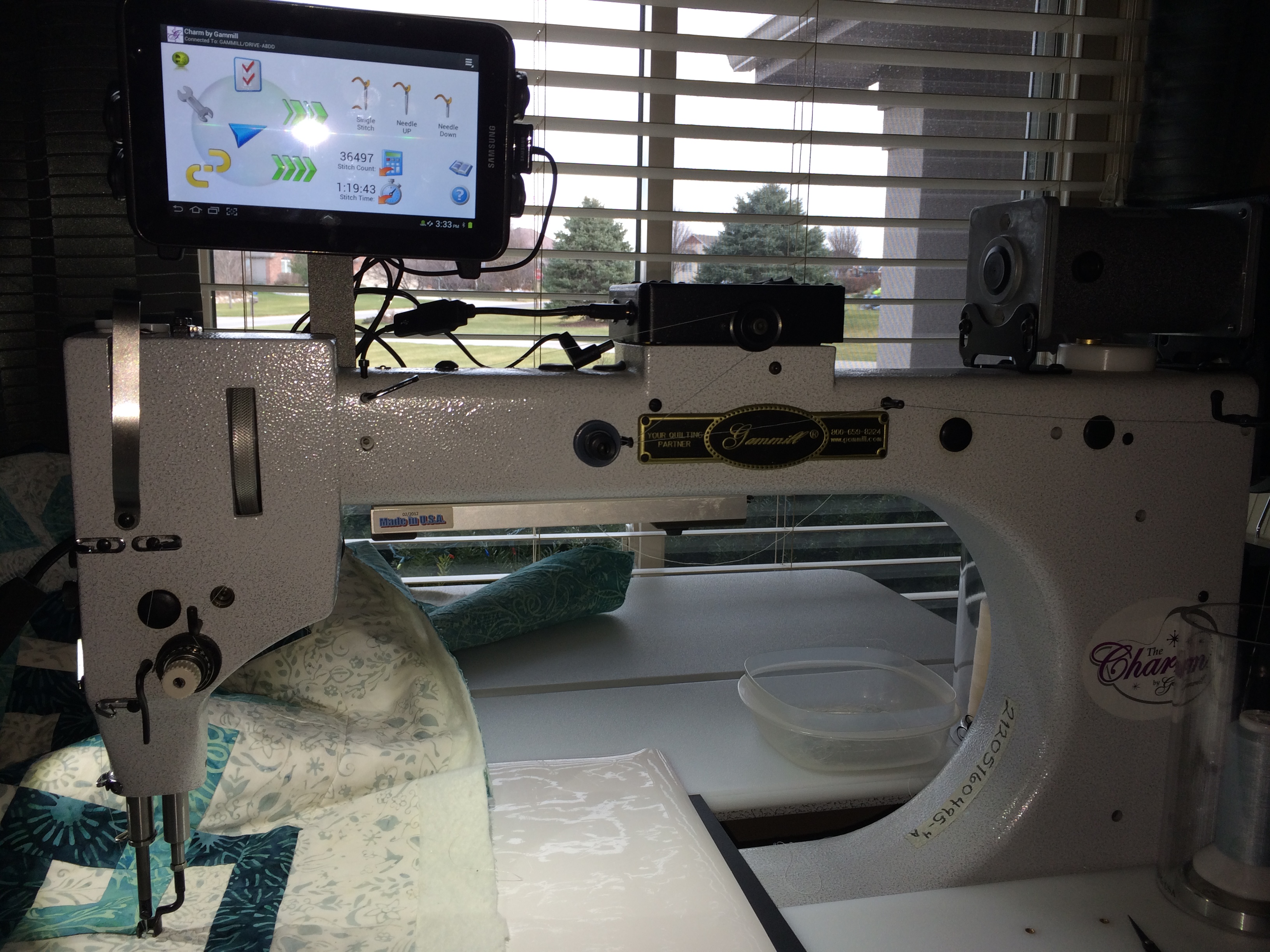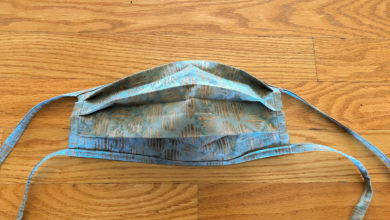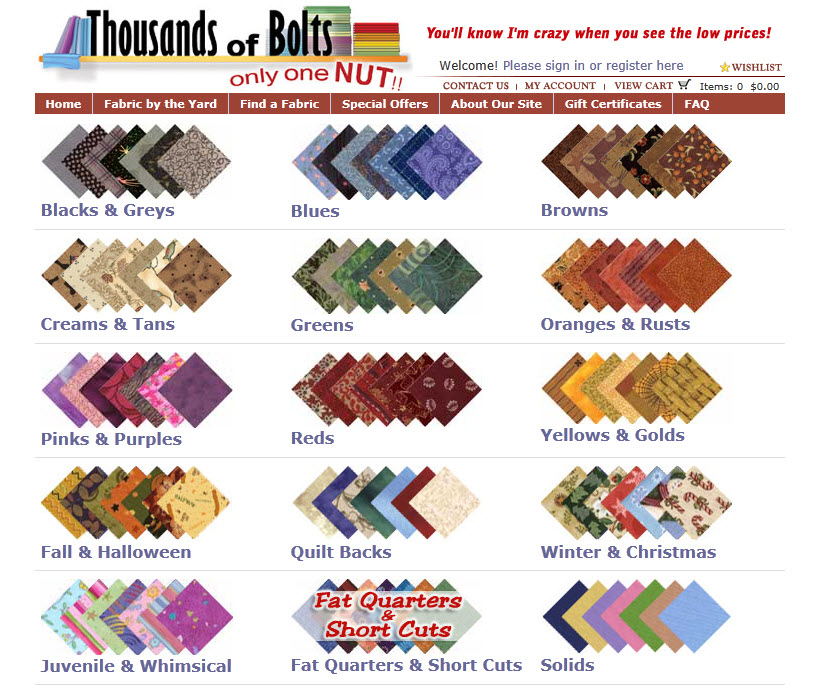Gammill Charm aka “Tasha”

It was inevitable. I knew the next step in my quilting was to get a long arm. So I began my research with Bernina. After waiting patiently for the Q20 to be available locally, I attended a seminar for some hands on experience. Going with the Bernina had some advantages. Unlike other long arms it uses standard domestic sewing needles. Second, it can use the free motion feet I was using on my Bernina 820. It has two different built in stitch regulators. Those were great features and I would have loved to take advantage of them.
But there were two show stoppers for me. Having free motioned quilted for three years on the 820, I knew I wanted my long arm to be oriented the same way as my 820. It makes no sense to me to be sitting perpendicular to the machine. When I free motion quilt, I take advantage of the space behind and to the left of the machine to carry the bulk of the weight from the quilt. Plus quilting front to back and vice versa is way less tiring than quilting side to side.
The second show stopper was the need for wheels on the cabinet or table the long arm sits in. Bernina does not offer this as an option. I need the ability to easily drop the back leaf and roll the table back to reduce space when I wasn’t quilting on it. In addition, I found the cabinet leaves cumbersome to raise and lower.
So I decided to look specifically at machines oriented sideways. Three candidates came to mind: the Janome AQ18, the APQS George, and the Gammill Charm. The Janome AQ18 was the smallest of three with an 18-8 throat. But the few reviews I was able to find were not very good…mostly related to customer support. And I really didn’t like the lighting system. The APQS George is a bare bones long arm with excellent reviews and a 20-8 inch throat. This was a serious contender but I found the table too small. I wanted something big and solid while I was quilting and a small footprint when I wasn’t. That left me with the Gammill Charm.
It has a marvelous 22-10 throat space. Its table is solid with industrial casters and leaves that are very easy to raise and lower. But I wasn’t able to find many reviews. The two I did find were 3 years old and brand new users. So off to Cut Up and Quilt I went to get some input. They’ve had a Gammill Statler system for several years and just purchased a second to handle their growing business. They did extensive research before deciding on the Gammill with most interviewees either loving their Gammill or owned another brand and wishing they’d spent the extra money for the Gammill. I also talked to an employee whose mother owned the Charm and who loved it. After those stellar reviews and knowing Cut Up and Quiltt was a hands throw away if I had questions, I made the plunge.
Tasha arrived on December 9th and I spent the afternoon with installer Bill from At The Heart Of Quilting. He ran me through oiling, threading, changing the needle, and using the stand alone bobbin winder (the Charm has a built-in as well that fills the bobbin as you quilt). The one thing the Charm doesn’t come with is a standard hopping foot for ruler work. I was rather surprised. But a quick call to At The Heart Of Quilting and I had one in less than a week….loving the service so far.
So what do I like and dislike about Tasha after a month of use? Let’s start with the likes first. Wow…the space the space the space. As important as the 22 inch throat length is, so is the 10 inch height. My first project was a throw quilt…piece of cake on this machine. I could have easily gone from right to left all the way across the middle of the quilt with absolutely no problem feeding it through that huge opening. Love love love. The long arm needles cut through all the various layers like butter…no stuttering over seam allowances or points…nice! I personally find the machine rather quiet…quieter than my Bernina 820 when I’m free motion quilting. The Bernina is a “hopper” versus a “glider” when it comes to FMQ so I had absolutely no problem transitioning. I prefer the rhythm of the hopping motion. It really helps my brain form those even stitches.
So what don’t I like? Right now tension is my number one frustration. I KNOW this is a learning curve item. I’ve resigned myself to TEX 30 thread (40 weight) in the bobbin until I can figure out how to adjust the bobbin winder so that it doesn’t wind Bottom Line and So Fine so tight (my first and second choices for bobbin thread). I fussed with tension for several weeks before I switched to Permacore to finish the throw quilt. It was a practice quilt, thankfully, as it is full of bird’s nests on the back. I kept going from too tight to too loose in the tension until I switched my bobbin thread….then everything ran smoothly. I will conquer this!
My second gripe is the fact that the table at its lowest setting is about four inches too high as a result of the casters. Seriously? Right in between a standard desk chair and a task chair. So I added a ROHO cushion (air cushion with bladders) and a monitor stand for the foot pedal and life is good. Honestly, sitting on air is rather nice benefit of this problem…ha!
And last, despite what some websites and reviewers say, there is NO stitch regulation with this machine. I am no fan of Bernina’s stitch regulation. I never use it on the 820 and I didn’t like it much when I experimented on the Q20. But the price of the Gammill Charm was high enough that it is not unreasonable to expect that it would be included. It’s not. I thought I might use it with ruler work but ruler work is so much easier on this machine, I don’t really need it. So it worked out in the end.
For those that have been free motion quilting for a while on a domestic and want to make the leap to the sit down long arm, it’s a wonderful leap. But do your research. Just cruising the internet for tension advice was an eye opener for me. Long arm tension is a different beast from the domestic machine and a source of frustration for many long arm quilters regardless of the machine brand. Local maintenance is also hard to come by unless you live in a big city. If you are intimidated by adjusting tension or changing worn out parts, a long arm might not be for you. I haven’t had any major problems after one month but I would certainly hope that would be the case. I will be definitely picking up the phone for moral support the first time I need to time the machine.
It’s way too soon to give a carte blanche recommendation for the Charm….especially when it’s a bit more expensive than other brands. When I first purchased the Bernina I went through the same sort of frustrations with the bobbin and I mastered and fell in love with the machine. I plan to do so with the Charm as well. So far, there’s lots to love about it and I am anxious to get quilting on my next project, a quilt for my grand niece’s first birthday.
I would love to hear from other Charm owners. They appear to be too busy quilting to post about their machine on the internet. 🙂





I was pleased and surprised to see this post about the Gammill Charm that was current!
I too, have a Gammill Charm, the 22″ model, bought it ‘used’ (it was a floor model) from a dealer in Arizona. Unfortunately, I live in California and haven’t found a close dealer yet.
I am very frustrated with tension issues, I haven’t solved any yet! Just as I think I have it right, the next set of stitches will be (usually) tight on top. I’ve re-threaded many time, adjusted the bottom tension to its advised setting (tug on the thread and it should just stand up in your hand, not rise off) and am just getting really tired of it. Any advice?
Thanks for listening,
Sandi
Sandra,
I’ve had a huge breakthrough following the instructions provided by my local quilt shop. They own two Gammill Statlers. I spent about 10 minutes with her describing my tension issues and asked if I could see how she threads their Statlers and how she sets her tension.
It was an eyeopener…an OMG a real breakthrough! Here’s the link to my latest post describing in detail what I did.
Hope this helps!!!
https://hobbystash.com/wp-admin/post.php?post=7857&action=edit
I sooooo identify with your frustration!!! My tension issues were the result of two things: first, the bobbin thread was being wound too tight , and second, my bobbin case tension was too loose. I have the standalone bobbin winder. I loosened the tension on that baby until the nut fell off and then screwed it on just enough to stay on. That helped tremendously but did not completely solve my tension issues. Next I bought a TOWA gauge from Superior Threads. Following the recommended settings on the enclosed paper provided with gauge was unsuccessful (recommended settings for the Handi Quilter). And every you tube video I watched indicated the bobbin tension should be somewhat loose (stand up in your hand but not lift off). Well that just didn’t work for me. The bobbin stitches were gorgeous but the top stitching looked too tight. I could not loosen the top tension enough to get a pretty top stitch. I finally decided to go back to the TOWA gauge and ignoring all the video and written advice, started tightening the bobbin tension in increments until I found I had to actually tighten the top tension when testing stitches. For TEX 30 thread, a 40 wt thread, (Permacore, Omni) in bobbin and on top, I found 220 in TOWA gauge works for me. Once the bobbin thread has been set and installed, I tighten the top pretension as far as it will go and then back it off a turn at a time until the stitches look good. I have to go through this process when I change top colors but have found that if not changing colors just checking each bobbin with TOWA usually results in the same consistent stitches.
Right now I’m quilting with So Fine (50 wt) as top thread and Bottom Line (60wt) in bobbin. I had to adjust the bobbin with gauge to 280. Yep way tighter than anyone recommends. The bobbin definitely lifts off my hand when using the traditional test method, but honestly it’s working well for me. I still occasionally get birds nests below but the sound is unmistakeable, and tightening the top tension takes care of it. I’m on my fourth quilt with the Charm and this is the first one that I feel in control. And the first quilt where I occasionally have to actually tighten the top tension…ha!
Best advice is to hang in there and keep at it. It is fabulous to quilt with once you get past this. Trust me I got up and walked away many times in frustration. Good luck! And please let me know how it’s going. We Charm owners appear to be a rare breed. 🙂
I have had a Gammill longarm for several years now. Tension is ABSOLUTELY the learning curve issue! My best advice, keep being patient. Each machine seems to have its “sweet spot” where she likes her tension. Tighten , loosen and just learn the feel of it. The process reminds me of making bread. You just learn the feel of the dough. Experience teaches you . The Towa tension guage is a guide, as is the “drop test”. But neither one of those processes worked well until I learned the feel of it.
Does the table come with a cover for the “hole” in the table so you have a total smooth quilting surface ?
Also can I ask the price this was 18” or 22” throat
Thank you
So, ? Is the Gammill Charm still made? I don’t see it on the Gammill site. Any thoughts? Thanks